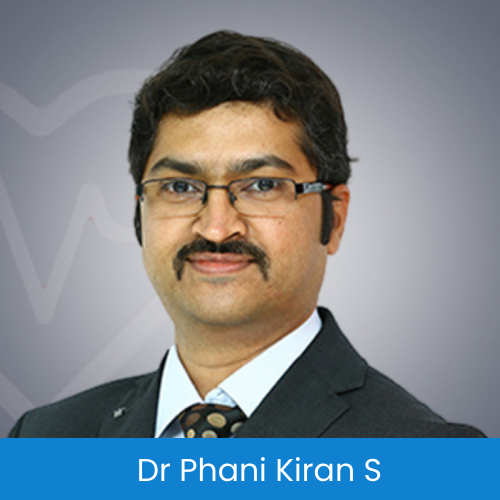Lumbar disc prolapse causing significant symptoms of back and radiating leg pain is usually treated with medication and physiotherapy. Although more than 90% of them get relieved without surgery, those with persistent, severe symptoms or with nerve function deficits may need surgical treatment. An endoscopic discectomy or micro-discectomy is the most commonly advised spine surgery for a lumbar disc prolapse causing significant radiating leg pain (Sciatica). A discectomy is seldom advisable, nor is useful for back pain alone without any leg symptoms. If you have been advised a lumbar discectomy, these are the usual things that you should be clearly knowing before going ahead:
Is it the right time? : As mentioned earlier, more than 90% of the times, a disc prolapse related pain gets relieved with non-surgical measures including medication, physiotherapy or epidural injections when necessary. That is because the inflammatory response around the nerve root tends to settle down, thereby reducing the pain.
But if the pain is severe and not tolerable despite all measures, or if the pain is persisting beyond 8 to 12 weeks, it is the right time to consider surgical treatment. A micro-discectomy or an Endoscopic discectomy is the usually done procedure, with excellent results in most spine centres.
If there is a significant or progressive nerve function deficit, in the form of numbness (loss of sensation) and weakness of the muscles supplied by the affected nerve root, then an early surgical intervention is recommended to ensure a good recovery of nerve function.



Is it safe? : Lumbar endoscopic or micro-discectomy surgery is an very safe procedure that is routinely performed by spine surgeons. The use of microscope or endoscope help to visualise the structures with greta magnification during surgery and that significantly reduces the risk of nerve root injury or spinal fluid leakage.
Transforaminal endoscopic discectomy can also be done under local anaesthesia, making it suitable for the patients who may be at high risk for general anaesthesia due to other medical conditions causing compromised heart or lung function.
What to expect after surgery? : The radiating leg pain is relieved by more than 90 – 95% and you should be able to walk with minimal back pain within a few hours after recovery from the anaesthesia. Most of the patients are fit to be discharged from the hospital the same evening or the next day as soon as they can take care of the daily routine activities themselves.
There are certain postural precautions like avoiding bending forwards, squatting or sitting on floor or lifting heavy weights that need to be followed for a few weeks after surgery.
You may be asked to visit the hospital after a week or ten days for wound inspection and suture removal if any. There after, another visit is usually required at 4 to 6 weeks at which point, spinal exercises are advised.
How long does it take to recover? : Endoscopic discectomy as well as micro-discectomy involve very minimal muscle dissection and recovery is fast. Most patients are back to light work in a week. As mentioned before, there a certain restrictions that need to be followed for a few weeks to minimise the pain and risk of recurrence.
People involved in strenuous work like lifting heavy weights or sports may need 6 to 8 weeks to get back to their usual routine. Spinal muscle strengthening exercises are recommended usually after 4 to 6 weeks, to be continued for long term.
What are the long-term implications? : It is advisable to follow the general postural precautions to avoid over strain of the lumbar spine and to continue spinal and core strengthening exercises for a long term. Almost all of the patients get back to their normal life activities after an endoscopic or micro-discectomy surgery.
A disc prolapse happens due to the pre-existing wear and tear changes (degenerative changes) in the disc. Depending on the severity of the degenerative changes in that disc, there is a 5 to 10% chance of recurrence of disc prolapse and symptoms from the same level. Again, it resolves with conservative measures in more than 90% of the cases. So, the chances of requiring another surgery at the same level are extremely low.
If you have any further queries regarding a lumbar disc prolapse and related surgical options and implications, discuss in detail with your spine surgeon or send in your queries at www.medspine.in to get answers from an expert.
If you liked the article, please share it and subscribe to my future articles on spine problems. Thank you.!

With years of experience in spine surgery, Dr Phani Kiran S, Senior Consultant Spine Surgeon will assess you and suggest the treatment option that is right for you.
We at Medspine clinics, understand the importance of educating all our patients about the spinal problems and the most effective ways to take care of their spine.
The Ortho Clinic: Monday, Wednesday, Friday, Saturday.
Ojas Health: Tuesday, Thursday
© Copyright 2024 MedSpine. All Rights Reserved. Build with 🤍 by Digital GYB
WhatsApp us